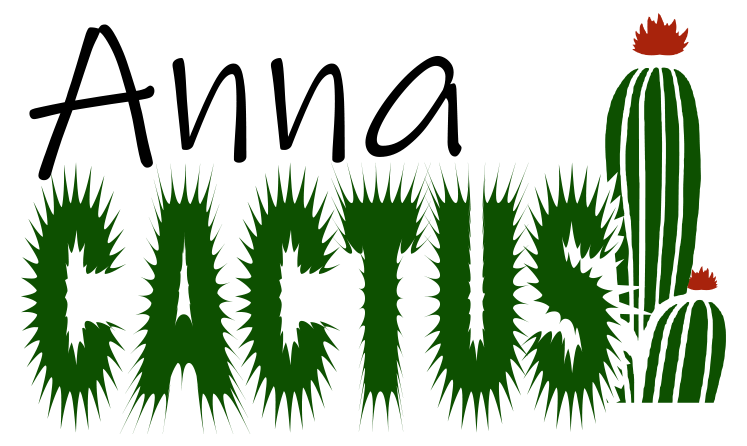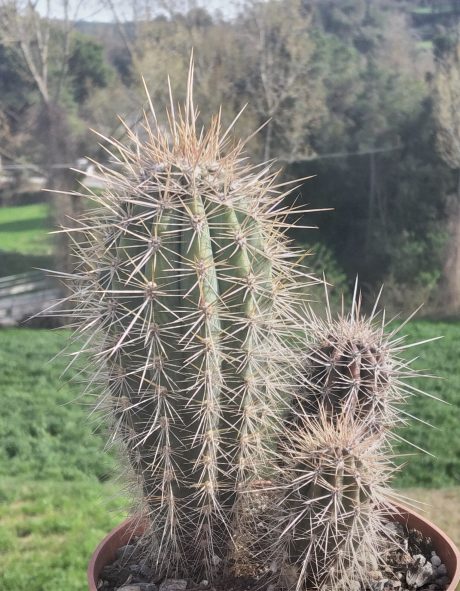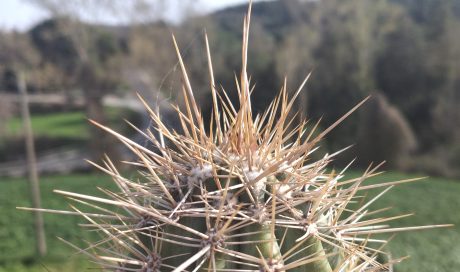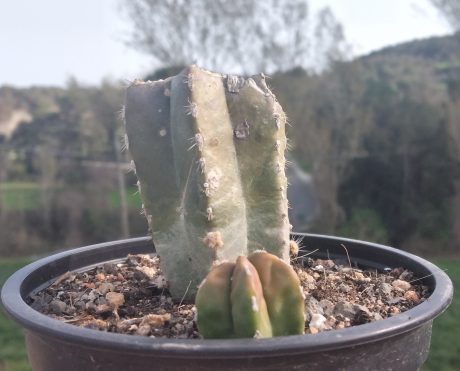The Pachycereus Pringlei, also known as giant teasel, comes from Mexico and is one of the most characteristic species for its great size. He is also famous for being often confused with those in western films despite not being the same, this is the Carnegiea gigantea. The Pachycereus can reach nineteen meters in height if it is in its natural state or planted directly on the ground. It is curious because it grows up making groups called “cardons” and these are generally used to create new specimens.
As for flowering, it occurs between the months of April and the end of June. The flowers are yellowish-white with pink or purple lines. An important point is that the fruits, flowers and pollen they produce were of great importance in the past for animals and also for people, as they were fed from this to survive. Another interesting thing is that this species has three different types of sex: they may be male, female, or hermaphroditic, although there is no morphological difference between them.
The specimens that are already adult likes much more the sun, and the one that are still small, prefer to be in semi shadow. Therefore, it is a cactus especially suitable for inside. It dislikes cold and does not resist frost, meaning it is desirable to have it between three and five positive safety temperatures.
Like almost all cacti and succulent their greatest enemy is excess moisture. In summer, it can be irrigated between once and twice a week, as long as the substrate is completely dry before re-supplying water. From autumn, when the cold starts, we will change this weekly irrigation for once every fortnight and withdraw it completely with the arrival of the cold. We will not give more water until the minimum temperatures have recovered a little (minims between five and seven positive degrees). Once these temperatures have been reached, water can be given once a month and then rise as temperatures rise.
It is also important that when water is watered, it can only touch the substrate, as if the cactus is touched very often, it may be harmful to the plant. They consider it a slow-growing cactus and it won’t ask for a transplant until four- or five-years pass. It is a very suitable cactus for beginners because it requires no great care or maintenance.






Reviews
There are no reviews yet.